Description Treviamet-XR Tablets 50mg/500mg contain Sitagliptin (50mg), a DPP-4 inhibitor, and Metformin HCl (500mg), a biguanide, in an extended-release (XR) formulation for managing type 2 diabetes mellitus. Sitagliptin increases and prolongs incretin levels, enhancing glucose-dependent insulin release and suppressing glucagon, while Metformin lowers basal and postprandial glucose by reducing hepatic production, improving insulin sensitivity, and decreasing intestinal absorption. This once-daily oral tablet, used with diet and exercise, provides sustained glycemic control with lower GI side effects than immediate-release forms, suitable for adults when monotherapy fails.
Ingredients Sitagliptin 50mg, Metformin HCl 500mg (extended-release).
Drug Class DPP-4 Inhibitor and Biguanide Combination / Antidiabetic.
Dosage Form Extended-Release Tablet (1 strip = 7 tablets).
Uses Treviamet-XR Tablets are prescribed for:
- Initial therapy in type 2 diabetes when diet and exercise are inadequate.
- Adjunct to diet and exercise for glycemic control in patients uncontrolled on Metformin or Sitagliptin alone.
- Combination therapy in patients already on both Sitagliptin and Metformin.
- Reducing risks of diabetes complications (e.g., cardiovascular events, nephropathy).
- Long-term management of hyperglycemia in adults.
Doctor’s Review Dr. Aisha Rahman, a respected endocrinologist in Lahore, highlights its convenience: “Treviamet-XR 50/500mg is an excellent once-daily option for type 2 diabetes, combining Sitagliptin’s incretin enhancement with Metformin’s glucose-lowering effects for better adherence and control. The XR form minimizes GI issues, but I always monitor renal function to prevent lactic acidosis.”
Dosage (Follow physician’s instructions — typical guideline)
- Adults: Initial 50mg Sitagliptin/500mg Metformin XR once daily with a meal; may increase to 50mg/1000mg once daily based on glucose levels.
- Maximum: 50mg Sitagliptin/2000mg Metformin daily; adjust in renal impairment (eGFR 30-45ml/min: max 1000mg Metformin; avoid if <30ml/min).
- Not for children or type 1 diabetes.
- Swallow whole; do not crush, chew, or split to maintain extended release.
- Monitor HbA1c every 3 months; taper if discontinuing.
In Case of Overdose Overdose may cause hypoglycemia (from Sitagliptin) or lactic acidosis (from Metformin), with symptoms like nausea, dizziness, muscle pain, or irregular heartbeat. Seek emergency medical attention immediately. Hypoglycemia requires glucose; lactic acidosis may need hemodialysis and supportive care. Monitor vitals and blood glucose/electrolytes.
Missed Dose Take as soon as remembered with a meal, unless close to the next dose. Do not double up to avoid GI upset or hypoglycemia. Resume your regular schedule and consult your doctor if misses are frequent.
How to Use
- Swallow tablet whole with a glass of water, preferably with a meal to reduce stomach upset.
- Take once daily at the same time (e.g., evening) for steady effects.
- Do not crush, chew, or split the extended-release tablet.
- Pair with a diabetes-friendly diet and exercise.
- Monitor blood sugar regularly; carry glucose for potential lows.
When Not to Use Avoid Treviamet-XR if:
- Type 1 diabetes or diabetic ketoacidosis.
- Hypersensitive to Sitagliptin, Metformin, or excipients.
- Acute or chronic metabolic acidosis (with or without coma).
- Severe renal impairment (eGFR <30ml/min).
- Severe hepatic disease or heart failure.
- Pregnant, breastfeeding, or planning pregnancy (consult doctor).
Side Effects Common:
- Nausea, diarrhea, upper abdominal pain.
- Somnolence, decreased blood glucose.
Uncommon / Severe (Stop and seek medical help):
- Lactic acidosis (muscle pain, breathing difficulty, irregular heartbeat).
- Pancreatitis (severe abdominal pain radiating to back).
- Hypersensitivity (rash, swelling, breathing issues).
- Severe hypoglycemia (confusion, seizures).
Precautions & Warnings
- Monitor renal function (serum creatinine/eGFR) regularly, as both drugs are renally excreted.
- Risk of lactic acidosis increases with renal insufficiency—stop if eGFR declines.
- Avoid in hepatic disease; monitor liver enzymes.
- When combined with sulfonylureas or insulin, reduce those doses to prevent hypoglycemia.
- Watch for pancreatitis signs (severe pain, nausea)—discontinue if suspected.
- Stop 48 hours before imaging with iodinated contrast; restart after renal function check.
Drug Interactions
- Digoxin: Slight increase in digoxin levels—monitor trough levels.
- Furosemide, Nifedipine: May alter Metformin clearance—monitor glucose.
- Cationic drugs (e.g., amiloride, morphine, vancomycin): Increase Metformin levels—use cautiously.
- Thiazides/diuretics, corticosteroids, estrogens, phenytoin, isoniazid: Reduce antidiabetic efficacy—monitor glucose.
- Sympathomimetics, nicotinic acid: May elevate glucose—adjust doses.
- Calcium channel blockers: Minor interactions; monitor BP and glucose.
Food Interactions
- Take with meals to minimize GI side effects.
- Limit alcohol—risk of lactic acidosis or hypoglycemia.
- Avoid high-fat meals if they worsen bloating; maintain a balanced, low-glycemic diet.
- No major restrictions, but stay hydrated to support kidney function.
Storage/Disposal
- Store at room temperature (15-30°C), away from direct light and heat.
- Keep in original strip, out of reach of children and pets.
- Do not use past expiration date; check package for details.
- Dispose via pharmacy take-back programs; do not flush or trash.
Quick Tips
- Take with dinner to align with glucose peaks.
- Monitor glucose daily during dose changes.
- Report abdominal pain or breathing issues immediately.
- Eat fiber-rich foods to ease diarrhea.
- Schedule regular kidney and liver tests.
Disclaimer This information is provided for educational purposes only and does not replace medical advice. Use only under the supervision of a licensed physician. Do not self-medicate.

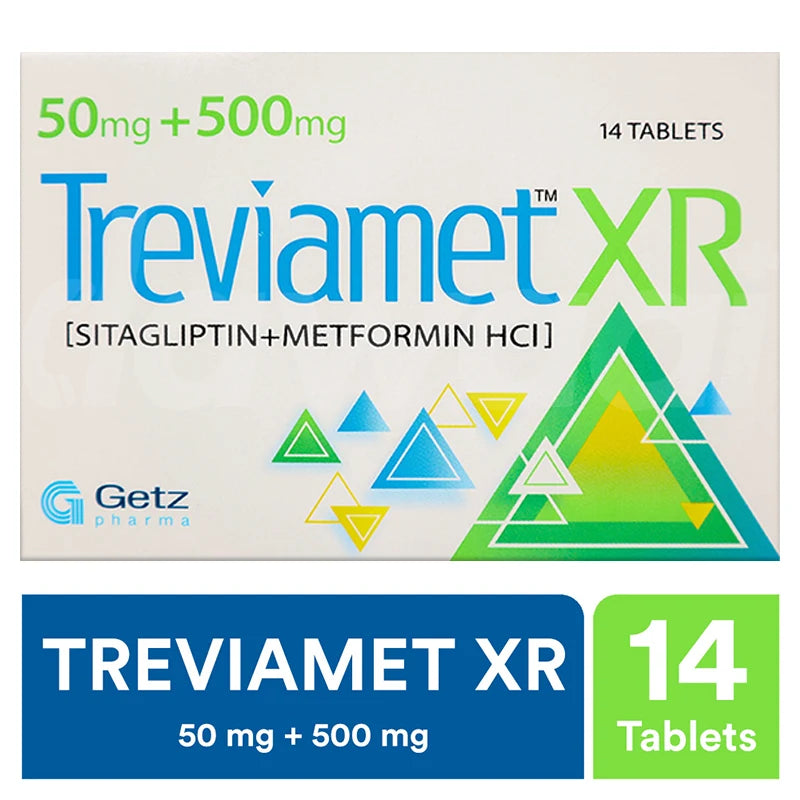
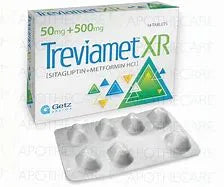
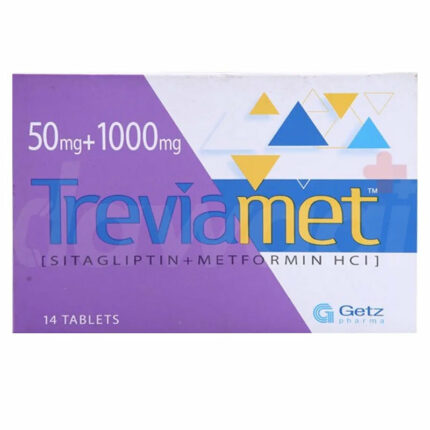

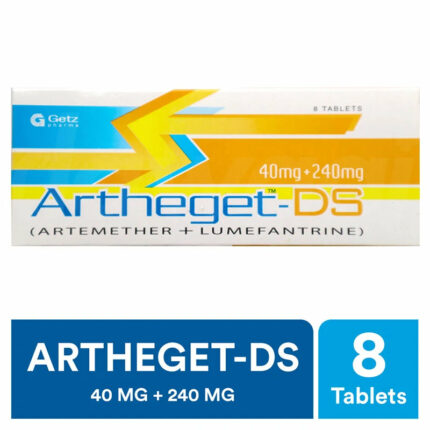
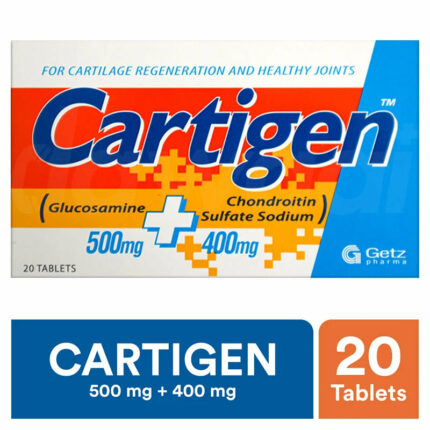
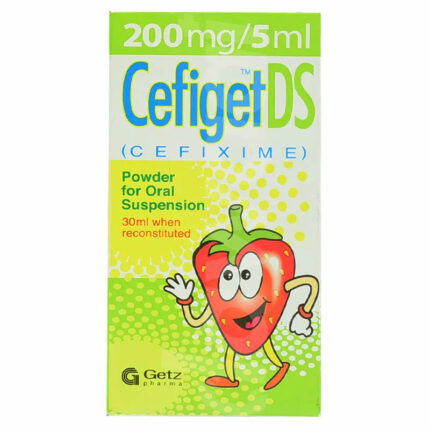

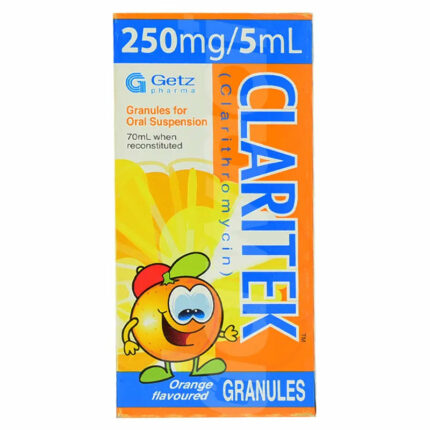

Reviews
There are no reviews yet.